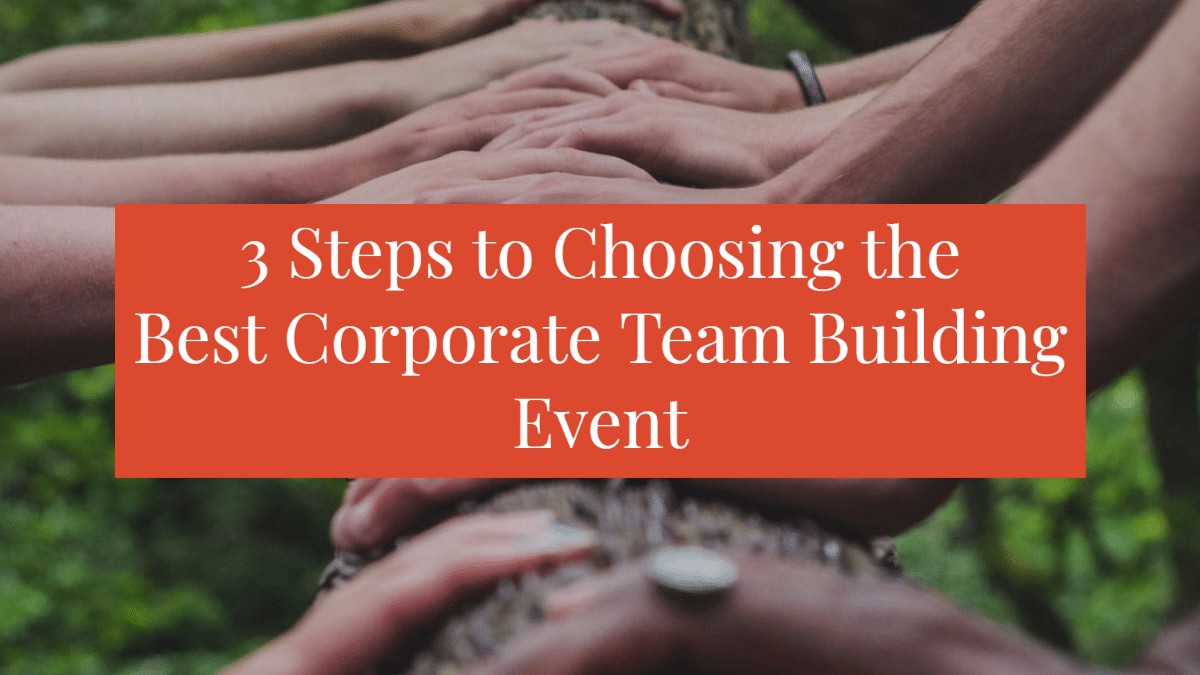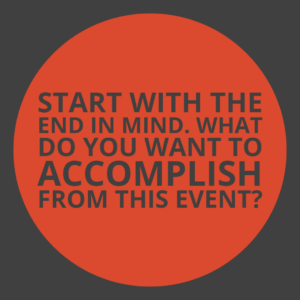3 Steps to Choose the Best Corporate Team Building Event
When people hear the term “Corporate Team Building” the first thing that comes to mind is usually something really cheesy like trust falls or ordering in pizza. They typically do not think of really fun, engaging, and memorable events. That is where we step in. If you are looking for a fun, engaging, and memorable corporate team building event you have come to the perfect place. We are going to walk you through 3 quick and easy steps to help you decide which event is perfect for your team.
Start With the End in Mind
First, you need to decide the purpose of your corporate team building event. Are you wanting to reward and entertain your team or do you see a problem that needs to be addressed? Getting your team excited to work on achieving a common goal, rewarding them for achieving those goals, and getting them excited to participate in an otherwise boring meeting are all reasons to look at engaging and exciting corporate team building events.
If you are noticing a problem that needs to be addressed or there is a change in management you would want to do a combination event with our Creating a Team Culture. In Creating a Team Culture issues are addressed/prevented and then you end on a high note where everyone comes together and does something really fun. Combining Creating a Team Culture with a fun event is like hitting the reset button for your team. You start from the bottom together and work to figure out the best ways to communicate, handle confrontation, and achieve more together. This is followed up by being able to practice what you just learned while doing a high energy corporate team building event.
Most likely if you are looking to do a corporate team building event it is to reward and entertain your team. Rewarding them for an excellent year or accomplishing a goal and entertaining them in what would otherwise be a boring meeting. Our instructors are experts at bringing in energy and enthusiasm to every event. They will get your team refreshed and energized all while giving back to your local community and reinforcing key points that you are being taught at your meeting.
Is Your Team Small or Large
Next, we need to look at how big your team is. 
Pick Your Event
Finally, here are some of our favorite corporate team building events based on the size of the group and the need. No matter what size group you have, if you are noticing issues on your team that can cause division take a look at our Creating a Team Culture event. This event will help your team come together, solve problems, and get into a team mindset. Our fun corporate team building events are everyone!

